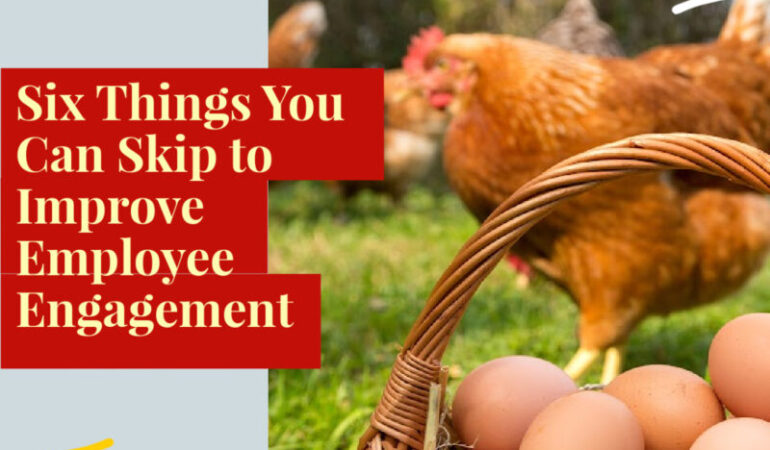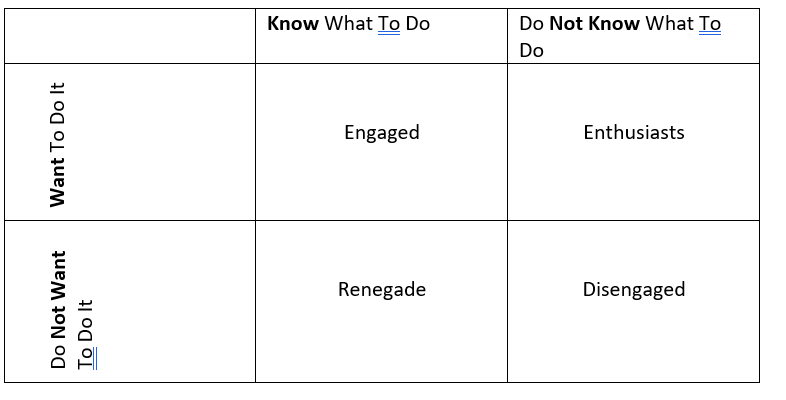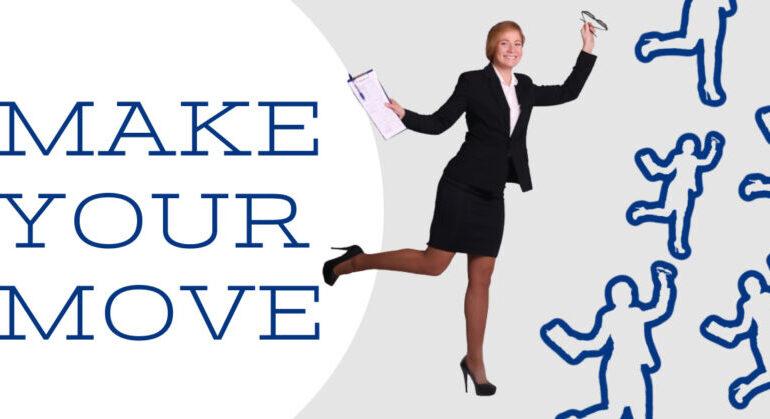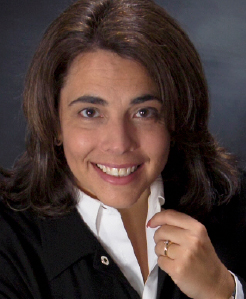The Value of Chit Chat | A Workplace Blog
By Beth Schaefer
IPD Director
Office Chit Chat. Do you love it? Hate it? Do you find it distracting or does it make you more productive? Read on to find out what the experts say.



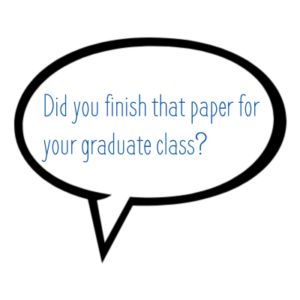


Let me start by saying that if you find the claims in this article bogus, you can search office chit chat on the internet, and find a bunch of advice on how to clamp down on it. That is not the kind of information you will find in this article.
How can something like chit chat be so polarizing that some want to eliminate it from the workplace? Well, let’s start with best practice: When discussing workplace strategy – one should start with definitions to make sure we are all talking about the same thing.
Definition of Chit Chat
Most of my sources show 2 definitions of chit chat.
- Small Talk, banter, informal conversation about matters that are not important; light-hearted exchanges
- Gossip
If you define office chit chat to be office gossip, then you have an issue. Gossip is detrimental. See the footnote at the end for the 2-prong approach to stamp out Gossip.
If you define chit chat as small talk or light-hearted exchanges, or the discussing of unimportant topics, then, you may want to consider encouraging it rather than eliminating it.
Here are some examples to help differentiate how this article will view chit cat vs. gossip:

Two Caveats on Definition
- For me the distinction between gossip and chit chat is, if you would not say it to the face of the person, it is more likely to be mean-spirited (and, thus, detrimental) gossip.
- While the definitions say the topic of chit chat is inconsequential or not important, I disagree. For me the nuance is that the topic is not important for the business of the workplace; however, many times the topics are very important to the personal lives of you and the people you work with.
Benefits of Chit Chat
These are stated in numerous ways, but they all return to one main benefit: people are more productive. Yes, taking time to chit chat makes people more productive.
Chit Chat builds personal relationships with coworkers. And, if you like your coworkers…
- The workplace has a more positive tone
- They (and you) feel acknowledged and you feel that you belong
- You are better at discussing controversial work issues – being a good listener and being respectful of differing view points
- Your mental well-being is more intact at the end of the workday, and you take that positive energy into your personal life
- You are more likely to help coworkers solve a work problem
- You are more likely to help with “someone else’s” work – to go above and beyond expectations
- They are more likely to see you as a credible worker and vice versa (builds team trust)
- You may find it easier to be creative and share those innovative thoughts with others
If you are a supervisor, consider viewing chit chat as a team-building advantage instead of distracting work detractor.
Still not convinced? I bet you can think of a time that office chit chat was actually life-changing! You heard me. Office chit chat can be responsible for people finding new jobs, for blind dates that become life partners, for getting a good doctor for your child’s illness, for helping you navigate a life transition.
So, people everywhere (especially you home-grown Midwesterners), let go of the guilt. Chit chatting helps you get your work done. Embrace the water cooler! Oh wait, I work remotely now – where is the water cooler?! (You guessed it; an upcoming article).
Two Footnotes
*What a hypocrite! I know some of you who work with me are shaking your heads. Really? You, task-focused-Beth who sometimes forgets to say hello before asking for a project status update? You are telling us to value chit chat? Yes, I am. And by the way, I get around being a hypocrite because I do value chit chat; I am just not that good at it. However, it is a skill I am constantly trying to improve upon. In fact, it is not unusual to see my official typed up meeting agendas with the word “pleasantries” written on the top of my copy so that I remember to open the meeting with chit chat.
*Stop the Gossip Footnote: And, as with most side bars in my blogs, they could use an entire blog to address. Let me just say this on office gossip: Yes, you want to eliminate it, and it is a 2 pronged approach:
- First, you or your fellow leaders need to ensure that you are not creating the space for gossip. Use clear communication. Ignore the adage, “no news is good news”, and instead think that “no news is fuel for gossip”.
- Second, address the gossiping of your direct reports the same way that you would address any other performance issues – with a private discussion that describes the undesired behavior and provides clear expectations and examples of positive behaviors.



